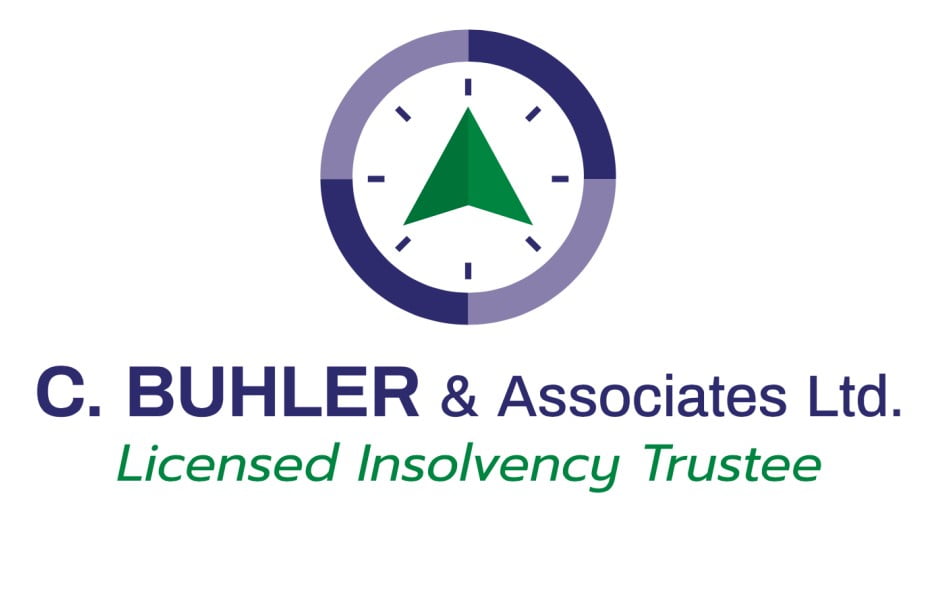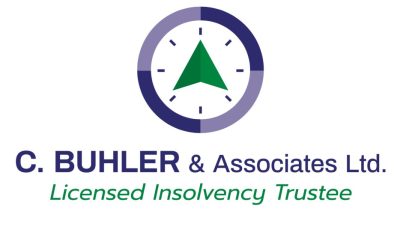The Canada Emergency Business Account (CEBA) offered interest-free, partially forgivable loans to Canadian businesses that qualified. Though the loan forgiveness date has now passed, it’s important to understand the terms of loan forgiveness—especially for businesses who refinanced their loan on or before January 18, 2024.
What Is the CEBA Loan?
The Canada Emergency Business Account (CEBA) loan was a loan offered by the Government of Canada to businesses during the COVID-19 pandemic. The CEBA loan was a partially forgivable, interest-free loan for a period of time, after which interest was applied and the loan could no longer be partially forgiven.
CEBA loans were offered in amounts up to $40,000. As of December 4th, 2020, businesses were eligible for an additional $20,000 in CEBA loans, bringing the total available to each business up to a maximum of $60,000.
Many businesses qualified for the CEBA loan. Businesses qualified through one of two streams: The Payroll Stream and the Non-Deferrable Expense Stream. The qualifications for both streams were as follows:
Payroll Stream:
- Must have paid between $20,000 and $1,500,000 in employment income to employees.
- Must have had an active CRA Business Number (BN) with an effective date of registration on or before March 1, 2020.
- Must have had an active business chequing/operating account with a participating financial institution at the time of applying for CEBA.
- Must not have previously used the Canada Emergency Business Account Program and must have agreed to not apply for another CEBA loan at any other financial institution.
- Must have intended to continue to operate its business or to resume operations.
Non-Deferrable Expense Stream:
- For businesses that paid less than $20,000 in employment income to employees.
- All conditions in the Payroll Stream applied. Two more conditions were added for the Non-Deferrable Expense Stream:
- Must have had eligible non-deferrable expenses between $40,000 and $1,500,000. Eligible non-deferrable expenses could have included costs such as rent, property taxes, utilities, and insurance. Expenses were subject to verification and audit by the Government of Canada.
- Must have filed an income tax return with the CRA with a tax year ending in 2019 or, if its tax return for 2019 was not yet submitted, 2018.
The purpose of the CEBA loan was simple—to provide businesses with an influx of cash during the economic downturn brought on by the COVID-19 pandemic. These loans were designed to help businesses during a difficult time—this is why the Government of Canada offered partial forgiveness and no interest if the loans were repaid before a certain date.
Eligibility for CEBA Loan Forgiveness
To qualify for loan forgiveness, CEBA loan recipients needed to pay back part of their loan on or before January 18th, 2024. The specific terms that the Government of Canada uses are:
“If the outstanding principal, other than the amount of potential debt forgiveness, was repaid on or before January 18, 2024, the remaining principal amount will be forgiven.”
This means that you were eligible for partial loan repayment if you paid back the amount that you owed minus the amount that could be forgiven by the January 18th deadline. We’ll break down examples of how this works in the next section.
The amount that is eligible to be forgiven varies depending on the amount of the loan. The first $40,000 loan was eligible for forgiveness of up to 25% ($10,000)—and the second $20,000 top-up loan was eligible for forgiveness of up to 50% ($10,000).
Altogether, this means that if a person obtained the full $60,000 CEBA loan, they would be eligible for loan forgiveness of up to $20,000—or 33%. This means that if they paid back $40,000 on or before January 18th, 2024, they would be forgiven for the rest of the loan.
Eligibility was also extended for individuals and businesses that sought refinancing loans on or before the January 18th deadline. The refinancing must have occurred through the financial institution that provided the CEBA loan. When refinancing was sought, the forgiveness deadline was extended to March 28th, 2024—even if refinancing was not approved.
CEBA Loan Repayment Terms
The CEBA loan must have been repaid by the January 18th deadline (or the March 28th deadline with a refinancing extension) for loan forgiveness, and to keep the loan interest-free. Once the deadline has passed, the forgivable portion of the loan will no longer be forgivable.
Additionally, once the January 18th deadline passed, the loan accrued interest at a rate of 5% per annum—even if you applied for refinancing on or before the deadline.
The entire principal of the CEBA loan must be repaid by December 31, 2026. Failing to do so can have a negative impact on the loanholder’s credit score.
Making Repayments
The Two Loan Options: $40,000 and $60,000
The first CEBA loan available was up to a maximum of $40,000. On December 4, 2020, the maximum was increased to $60,000. Businesses that had already received the $40,000 loan became eligible for up to another $20,000 in financing as of December 4, 2020.
CEBA loan forgiveness was at a rate of 25% on the first $40,000, and a rate of 50% on the next $20,000. To illustrate how loan forgiveness works, here are two scenarios:
Scenario 1: Repayment of $30,000 by January 18th, 2024
A business owner receives a $30,000 CEBA loan. This business owner must repay $30,000 x 75% of the loan (as 25% can be forgiven) by January 18th, 2024.
This means the business owner must repay $22,500 on January 18th to qualify for loan forgiveness—at this point, the remaining amount ($7,500) will be forgiven.
Scenario 2: Repayment of $50,000 by January 18th, 2024
A business owner receives a $50,000 CEBA loan. The business owner must repay $40,000 x 75% of the loan, as well as $10,000 x 50% of the loan.
This means that $30,000 of the first $40,000 must be repaid, as well as $5,000 of the last $10,000. The total amount that must be repaid by January 18th is $35,000.
Repayment Extension and Other Options
As discussed, there is a repayment extension for anyone who applied for a refinancing loan on or before January 18th—this extension allows for partial loan forgiveness up to March 28th, 2024.
Even if this date has already passed, refinancing, using lines of credit, and other methods to pay back the CEBA loan can still be useful. Bear in mind that a 5% per annum interest rate is quite low compared to other financing options, so it may be best to simply pay back the CEBA loan without refinancing.
Other options, like loan consolidation, consumer proposals, or even filing bankruptcy may be viable if your CEBA loan and other debts are overwhelming. The licensed insolvency trustee and team at C. Buhler & Associates Ltd. can help you go over your options and find a loan repayment solution that works for you.





